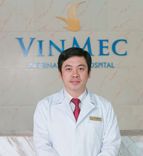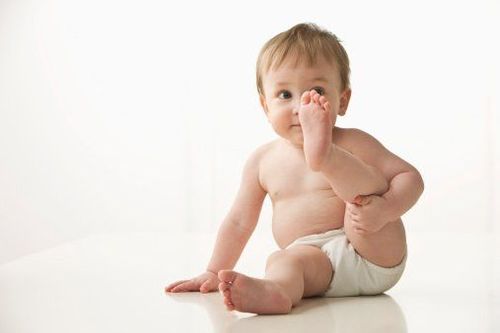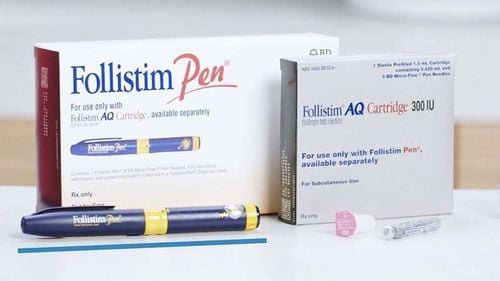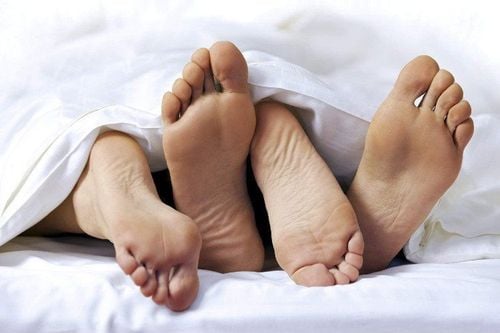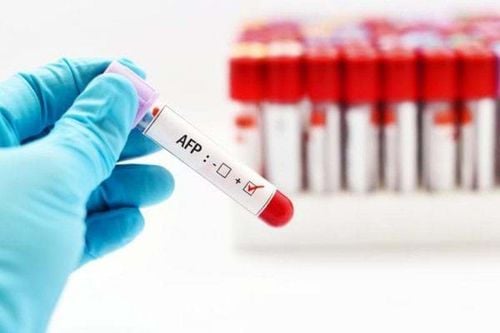This is an automatically translated article.
The article is professionally consulted by Master, Doctor Vo Thien Ngon - Urologist, Department of General Surgery, Vinmec Da Nang International General Hospital.An undescended testicle can be treated with hormone therapy or surgery to bring the testicle down into the scrotum. The fertility of patients with undescended testicles depends on the timing of treatment. The later it is detected and treated, the lower the chance of having a baby.
1. What is an undescended testicle?
An undescended testicle, also known as an undescended testicle or undescended testicle, is an abnormality in the movement of the testicles from the abdomen to the scrotum. In a patient with undescended testicle, the testicle may remain intra-abdominal or "wander" in the abdominal wall or inguinal canal.The testicles want to function normally, it must be located in the scrotum, because the scrotum has a temperature of about 1-2 degrees Celsius lower than the body temperature. If the testicles have not descended into the scrotum, they will have to be in a high temperature environment. It is not conducive to testicular development, adversely affects the ability to produce sperm or can even lead to testicular cancer.
For undescended testicles in the abdomen, laparoscopic surgery is often applied because of its safety, effectiveness and convenience. If the testicle is palpable in the groin, the doctor will perform an open surgery.
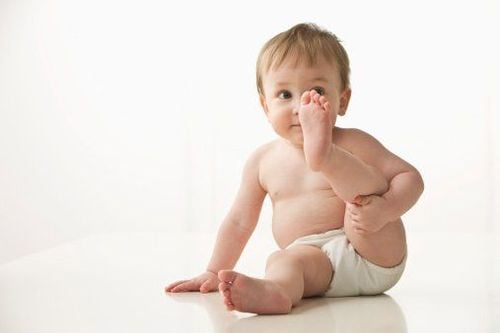
2. Does testicular surgery affect fertility?
Fertility depends on the time of treatment, the later the treatment, the lower the chance of having a baby. The best time for surgery is when the child is 1 year old because after 1 year of age in the undescended testicle will appear abnormal Leydig cells, reduce the number of germ cells and appear fibrosis around the seminiferous tubules.Reduced fertility can occur in one or both undescended testicles. If one testicle is undescended, the sperm count is likely to be normal because one side can compensate for the other. If undescended testicles are bilateral and both are treated with orchiectomy, only 25% of cases have normal sperm counts.
Figures showing the (natural) fertility rate in men with undescended testicles after orchiectomy are as follows:
90% if treated between 1-2 years old 50% if treated between 2 years -3 years old 40% if treated between 5-8 years old 30% if treated between 9-12 years old Only 15% if treated after 15 years of age However, to accurately assess the possibility of having children, more tests are needed semen analysis, which is a test done in many hospitals that have a gynaecologist or infertility clinic. In addition, after surgery to treat undescended testicles, patients need to continue to monitor their risk of testicular cancer because men with undescended testicles have a 40 times higher risk of cancer than normal people. Patients can self-examine testicles at home and see a doctor as soon as they see any abnormality.
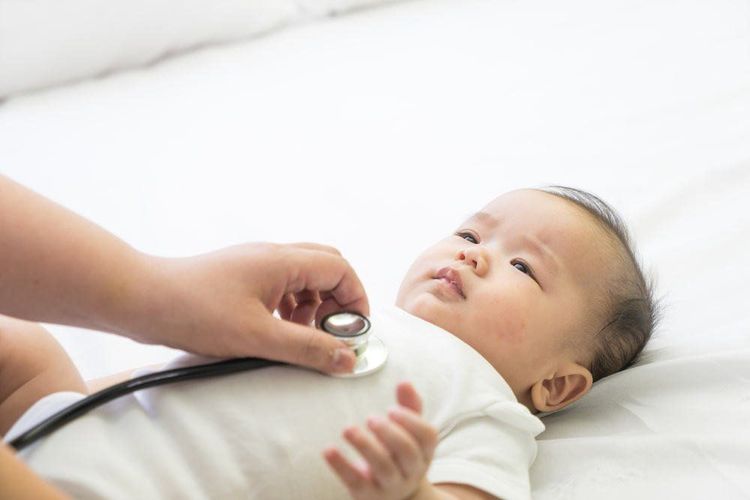
Here, the technique of Cavitary Anesthesia is being developed, which is highly appreciated in the treatment of undescended testicles thanks to its advantages of safety, ease of implementation and pain relief for patients during surgery.
Please dial HOTLINE for more information or register for an appointment HERE. Download MyVinmec app to make appointments faster and to manage your bookings easily.
